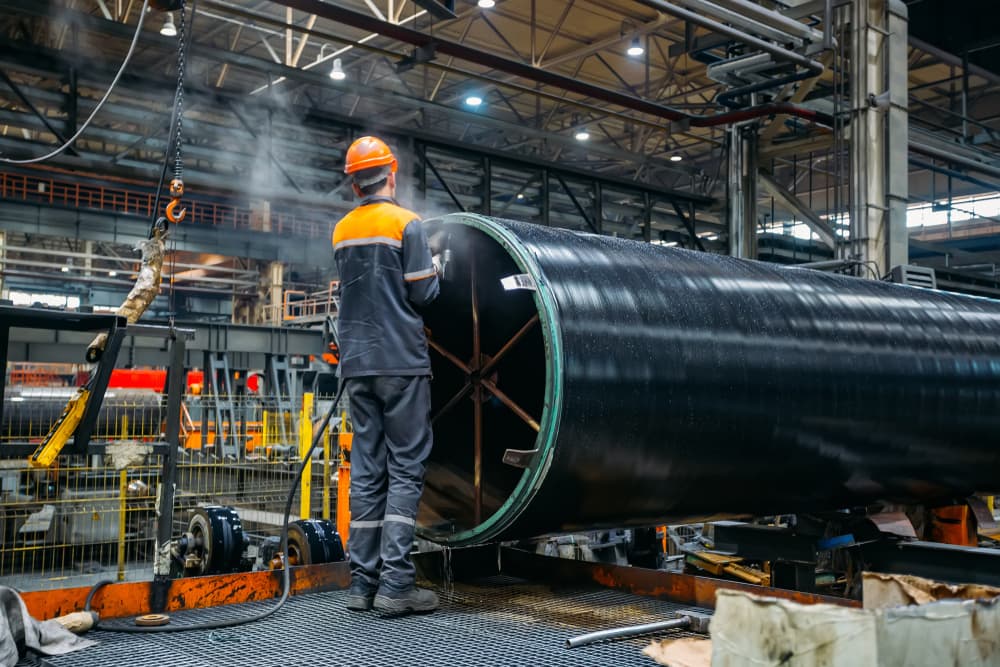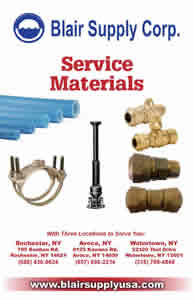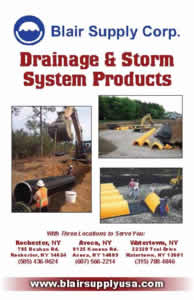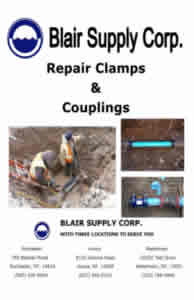Blog
Force & Power: Repair Clamps Explained

When it comes to pipeline repairs, it stands to reason that you want to use only the best materials available. Of course, repair clamps aren’t exempt from this rule. Especially so considering how their primary purpose is to restore the integrity of the already damaged system and keep it functioning for the foreseeable future.
However, even if you go for the de facto best component on the market today, such as the Smith-Blair repair clamp, for instance, that quality means next to nothing if its clamping force (among other factors) is inadequate for the intended purpose. For this reason, the only way to facilitate successful repairs (and ensure your peace of mind) is to invest in top-notch components and understand the significance of their clamp force and power.
What is a good clamping force?
By definition, clamping force refers to the pressure exerted by a repair clamp to hold together and/or secure a damaged pipe. This factor is essential to achieve a tight seal, prevent leakage, and ensure the structural integrity of the piping system.
However, for everything of the above to be possible, it is crucial that said factor meets the specific requirements of the system. This is where “good” or “adequate” clamping force comes into play.
To determine this element, several factors must be considered, including:
- Material and diameter of the pipe;
- Nature and severity of the damage;
- Operating conditions.
The goal is to apply sufficient force to counteract the internal pressure within the pipe and maintain a reliable and long-lasting seal, which is only possible if clamping force meets the following criteria:
- Sufficient to withstand the internal pressure and prevent any leaks;
- Uniformly distributed along the length of the clamp to ensure an even sealing effect;
- Adequate to withstand external forces, such as vibrations or mechanical stress, that the pipe may encounter during operation.
How do you calculate clamp power?
The clamp power refers to the force exerted by the clamp to hold the damaged pipe together and provide an effective and lasting repair. Therefore, determining the exact value of this element is crucial to determine the appropriate repair clamp for a specific application.
The calculation of clamp power involves considering various factors, such as the pipe diameter, material, operating pressure, and the size and design of the repair clamp. While the specific formula may vary depending on the manufacturer and the type of clamp, the general process involves the following steps:
- Step 1: Determine the pipe diameter (D) – Measure the outer diameter of the pipe at the point of repair using appropriate tools. Ensure accurate measurements for precise calculations.
- Step 2: Determine the operating pressure (P) – Identify the maximum pressure the pipe is expected to withstand during normal operation. This information is often available in technical specifications or can be obtained from engineering documentation.
- Step 3: Calculate the clamp power (CP) – Depending on the clamp type, various formulas may be used. However, a common approach involves multiplying the circumference of the pipe (πD) by the operating pressure (P) to obtain the clamp power (CP) via the following formula:
- CP = πD x P
- Step 4: Select an appropriate repair clamp – Once you have calculated the clamping power, consult the manufacturer’s specifications or guidelines to identify the repair clamp that can deliver the required clamping force. Consider factors such as the clamp’s maximum capacity, material compatibility, and installation requirements.
 Which NY company can sell me a Smith-Blair repair clamp?
Which NY company can sell me a Smith-Blair repair clamp?
The success of your projects starts with the right materials and there’s no one better in the entire NY state to help you solve your repair challenges than Blair Supply Corp. With a track record of excellence spanning more than six decades, we’re the prime choice of partner to help you enhance your operation.
Visit our web store or one of our warehouses in Rochester and Watertown and explore our wide range of repair clamps, including the renowned Smith-Blair connection, as well as other essential materials for water mains, utilities, construction, sewer and drainage, and many more! Get in touch today!

 Which NY company can sell me a Smith-Blair repair clamp?
Which NY company can sell me a Smith-Blair repair clamp?




